Microblading Healing Process: What to Expect Day by Day

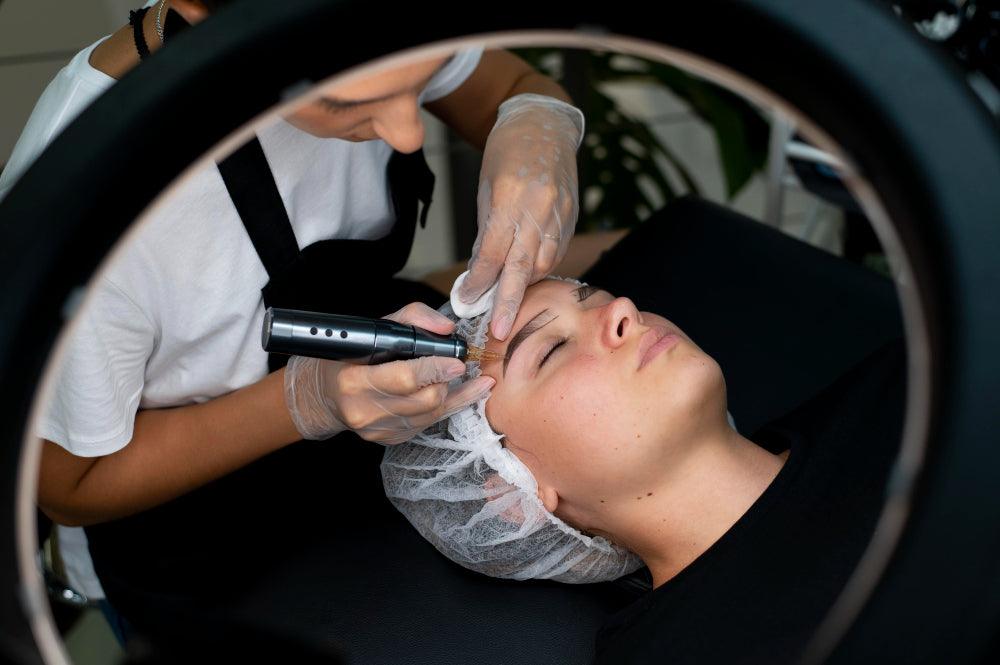
Related products
Microblading, a cosmetic procedure involving the manual tattooing of eyebrows to enhance their appearance, has seen a surge in popularity due to its semi-permanent nature and ability to provide natural-looking results. This method involves using a fine blade to deposit pigment into the upper layers of the skin, creating the illusion of fuller, well-defined eyebrows.
The healing process post-microblading is critical and dictates the longevity and appearance of the results. According to dermatological studies, improper aftercare can lead to pigment fading, infection, and unsatisfactory outcomes. Therefore, understanding and adhering to the recommended healing stages is paramount for ensuring the pigment sets correctly and the final results align with patient expectations.
Phase 1: Immediate Aftercare (Day 1-3)
Immediately following the microblading procedure, the treated area may exhibit redness, swelling, and a distinct darkness in pigment. Dr. Emily Roberts, a dermatologist with expertise in cosmetic procedures, states, "It's normal for eyebrows to appear darker immediately after microblading. This is part of the body's natural healing process and not indicative of the final colour."
During this phase, it's imperative to follow stringent aftercare practices to prevent infection and ensure optimal pigment retention. Dr. Roberts advises keeping the area dry and avoiding any skincare products directly on the brows. Additionally, patients should refrain from scratching or touching the treated area to avoid introducing bacteria and affecting the healing process.
Photos depicting eyebrows immediately after microblading typically show darker, more pronounced brows, which is a normal and expected part of the healing journey.
Phase 2: Initial Healing (Day 4-7)
As the healing process advances, patients may notice a significant change in eyebrow colour and texture. This stage is often characterised by scabbing and flaking, which is a normal response as the skin heals. Dr. Laura Benson, a specialist in cosmetic skin treatments, explains, "The appearance of scabs is a sign that the body is healing. However, it's crucial not to pick at them, as this can remove the pigment and lead to uneven results."
To manage this phase, detailed aftercare instructions are provided, including gently washing the area with a mild, fragrance-free soap and applying a thin layer of prescribed healing balm to keep the area hydrated. Patients should continue to avoid makeup, rigorous exercise, and direct sunlight, as these can interfere with the healing process.
Photographs of eyebrows during this phase reveal lighter, somewhat patchy brows due to the natural shedding of scabs, underscoring the importance of patience and proper care throughout this critical period.
Phase 3: Mid-stage Healing (Day 8-14)
The mid-stage of the healing process is marked by the fading of the initially dark pigment to reveal the final colour. This stage may alarm some patients, as the eyebrows can appear significantly lighter than expected. However, Dr. Benson reassures, "The fading after the initial scabbing phase is completely normal. The true colour will start to emerge as the skin heals and rejuvenates."
During this period, maintaining eyebrow hygiene becomes increasingly important. Patients are advised to continue gently washing the area and to avoid any activities that may introduce contaminants. Products containing glycolic acid, retinol, or other exfoliants should be avoided, as they can disrupt the pigment settling process.
The photos from this healing stage show the gradual emergence of the final eyebrow colour, highlighting the transformations the brows undergo from one phase to the next. This visual progression emphasises the dynamic nature of the healing process and the importance of adhering to aftercare instructions to achieve the desired outcome.
Phase 4: True Colour Emerges (Day 15-30)
During the later stages of healing, between days 15 and 30, the true colour of the microbladed eyebrows begins to emerge. This period is crucial as the skin completes its natural healing process, allowing the embedded pigment to settle and reveal its final hue. Dr. Lisa Hamilton, a cosmetic dermatologist, explains, "The final colour is typically softer and more natural-looking than what patients observe in the initial weeks post-procedure. This is due to the upper layers of skin healing and revealing the settled pigment below."
It is vital during this phase to continue adhering to aftercare instructions to ensure the best possible outcome. Avoiding activities that may cause excessive sweating, exposure to direct sunlight, and the application of certain makeup products remains important. Following these guidelines assists in the proper settling of the pigment and reduces the risk of infection or colour distortion.
Photographic examples from this stage typically show a significant softening in the intensity of the eyebrow colour compared to the immediate aftermath of the procedure. These images serve as a reassuring reminder to patients that patience and proper care can lead to satisfying results.
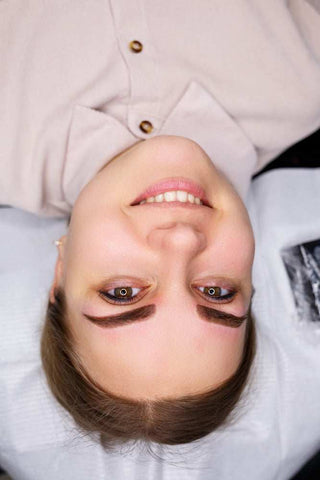
Final Results and Touch-Up (Day 30 and beyond)
Upon reaching the one-month mark, the healing process should be largely complete, unveiling the expected final results of the microblading procedure. By this time, the eyebrows should have a natural appearance, with enhanced shape and fuller coverage. However, it's important to note that individual results can vary based on skin type, lifestyle, and adherence to aftercare instructions.
Touch-up sessions, usually scheduled around six to eight weeks after the initial procedure, are an essential component of the microblading process. These sessions allow the practitioner to fill in any areas where the pigment may not have taken evenly and to make adjustments to the colour and shape if necessary. Dr. Hamilton advises, "Touch-up sessions are a standard part of the microblading process and are critical for refining the final appearance of the eyebrows."
Before and after photos provide a clear illustration of the transformative effects of microblading, from pre-procedure, through the various healing stages, to the completed look. These images can offer reassurance and set realistic expectations for individuals considering the treatment.
Common Questions and Concerns
Patients often have several questions and concerns regarding the microblading healing process. A frequent query is about the longevity of the results, to which experts respond that, while individual experiences may vary, results typically last between 18 to 30 months. Proper skincare and avoidance of certain products can extend the life of microbladed eyebrows.
Another common concern is the potential for infection or allergic reactions. To mitigate these risks, selecting a reputable practitioner who follows strict hygiene practices is crucial. Moreover, patients should report any unusual symptoms, such as excessive redness, swelling, or pain, to their practitioner immediately.
People Also Ask
How long after microblading will I look normal?
After microblading, the eyebrows typically start to look more normal and less intense in colour between 10 to 14 days. However, the complete healing process, during which the true colour emerges and any redness or swelling subsides, can take approximately 30 days. It's important to follow the aftercare instructions provided by your technician for the best results.
Can I wash my microbladed eyebrows after 7 days?
Yes, you can gently wash your microbladed eyebrows after 7 days, but it should be done carefully and following specific guidelines provided by your microblading technician. Typically, you should use a mild, fragrance-free soap and avoid rubbing the area vigorously. Pat the area dry gently with a clean towel or tissue after washing.
How long does microblading take to settle?
Microblading pigment typically takes about 4 weeks to settle into its true colour. During this time, the pigment undergoes various changes, appearing very dark initially and then lightening and possibly appearing too light before reaching its final colour. The entire healing process must be completed for the pigment to fully settle and reveal the final outcome.
What does microblading look like when healing?
During the healing process, microbladed eyebrows go through several stages:
- Immediately after the procedure, the eyebrows appear darker and more defined.
- Within a few days, they may become even darker and you might notice slight swelling or redness.
- After about 4 to 7 days, flaking and scabbing can occur, making the brows look patchy and uneven.
- Over the next few weeks, the colour will fade significantly before gradually stabilizing to reveal the final shade.
- The skin fully heals and the true colour of the microblading emerges, revealing the final results.
Conclusion
The healing process following a microblading procedure is a journey that requires patience, proper care, and adherence to professional advice. By understanding what to expect during each phase and following the recommended aftercare instructions, patients can significantly improve the chances of achieving their desired eyebrow appearance. Ultimately, the success of microblading lies in the combination of skilled craftsmanship, the body's natural healing capabilities, and the patient's commitment to aftercare. To find a clinic near you, please continue to treatwell for locations near you and other services for Best Hair Removal for Women.




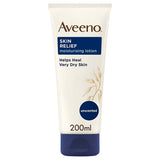




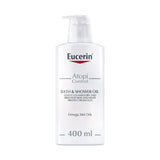
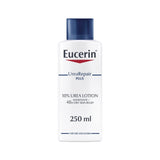


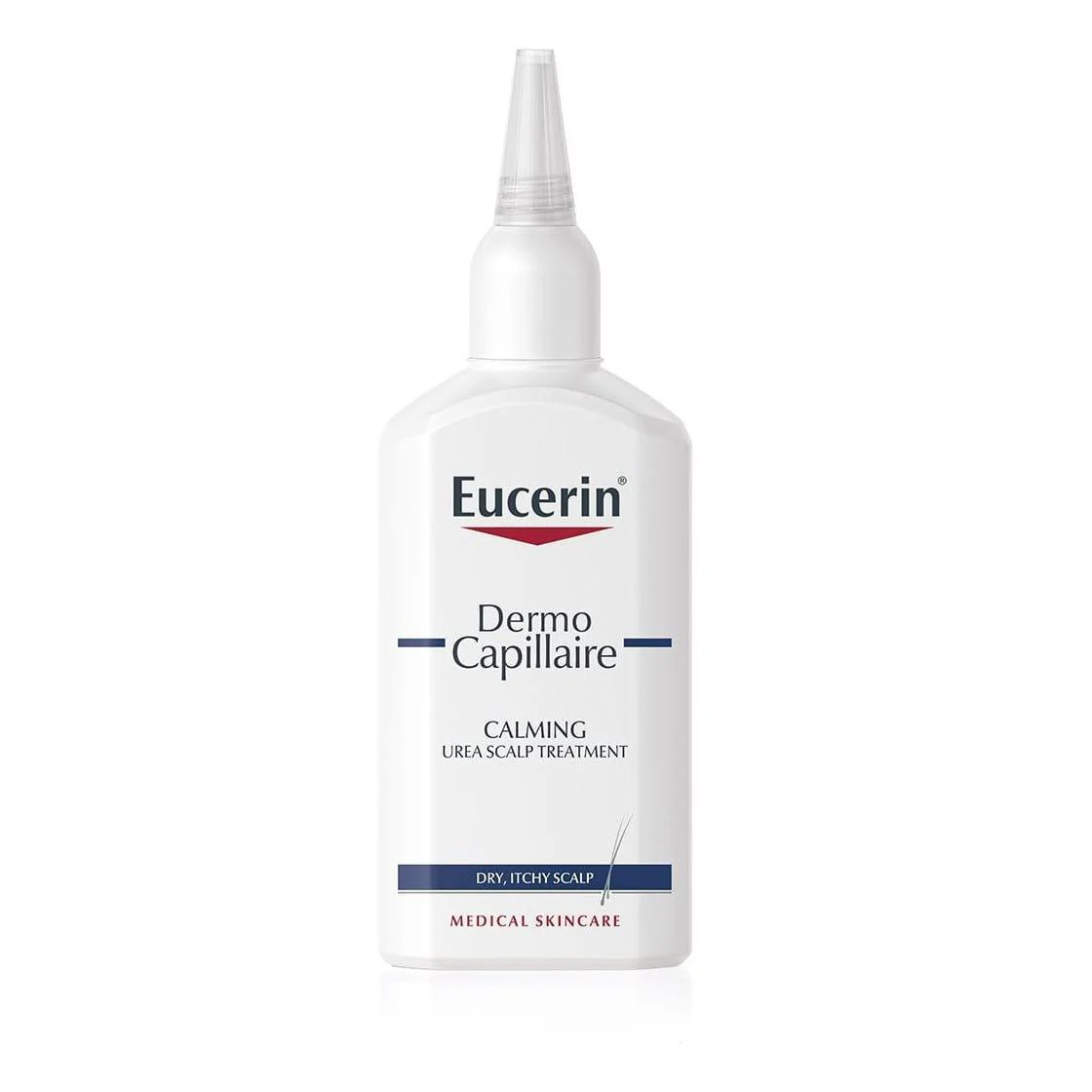



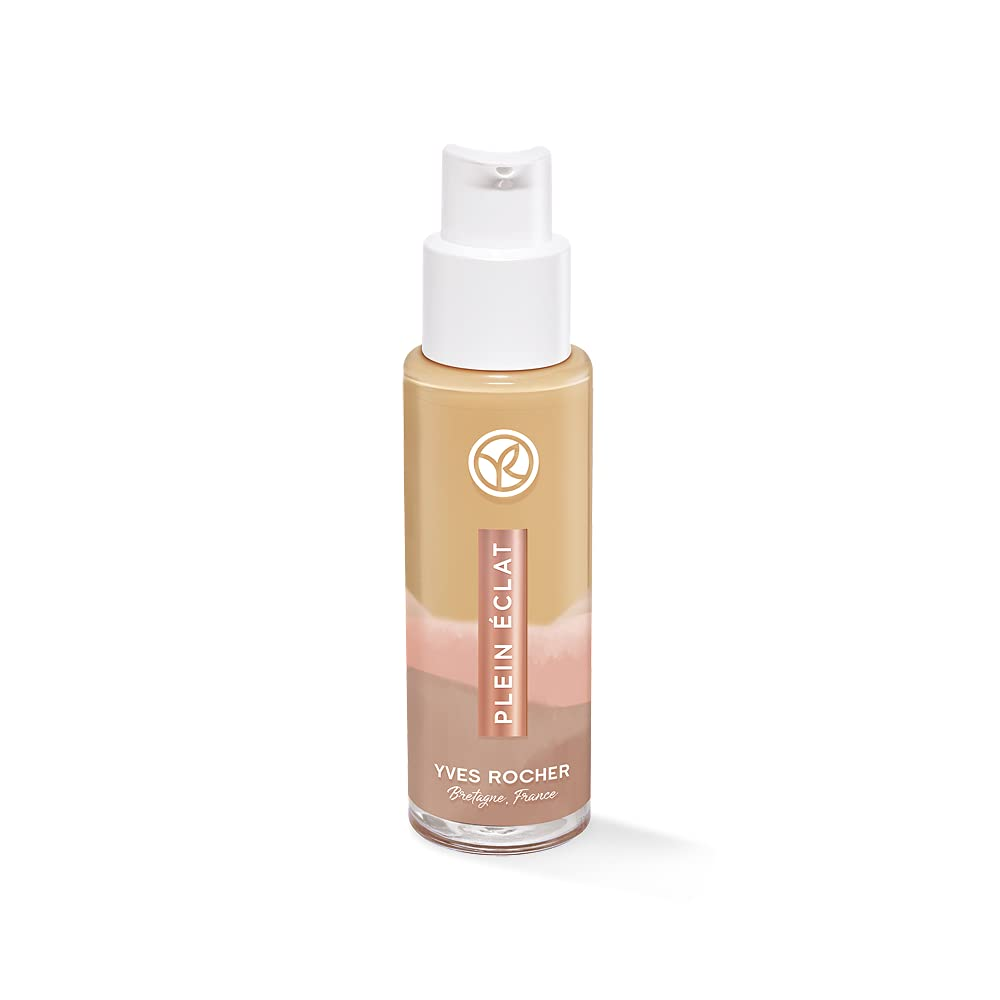

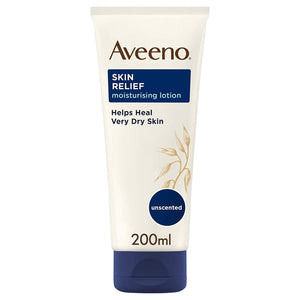
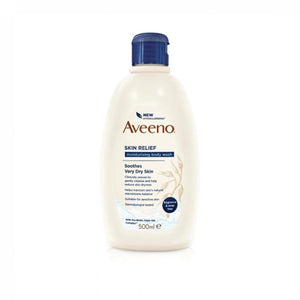


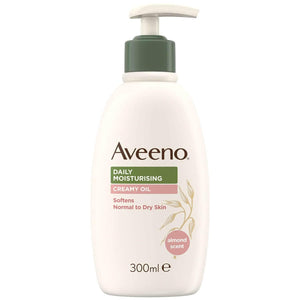
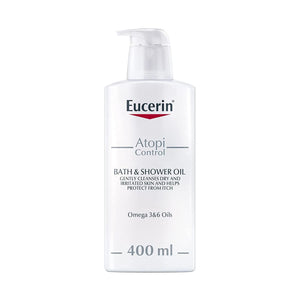
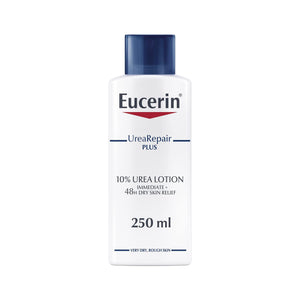


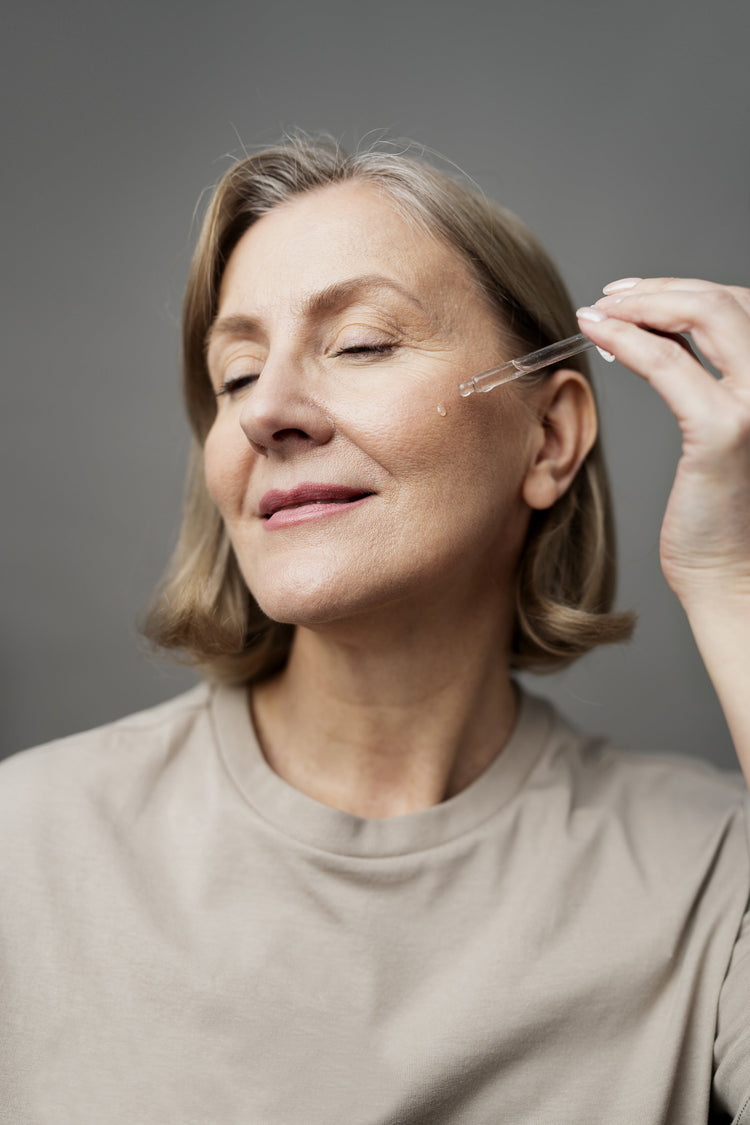
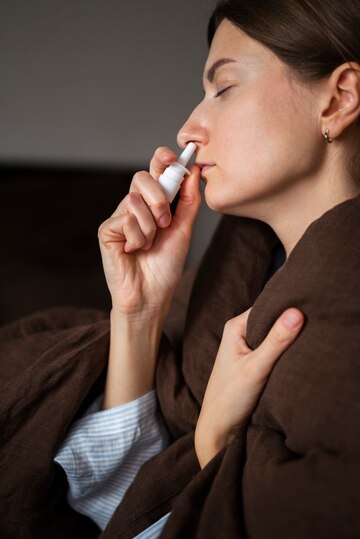
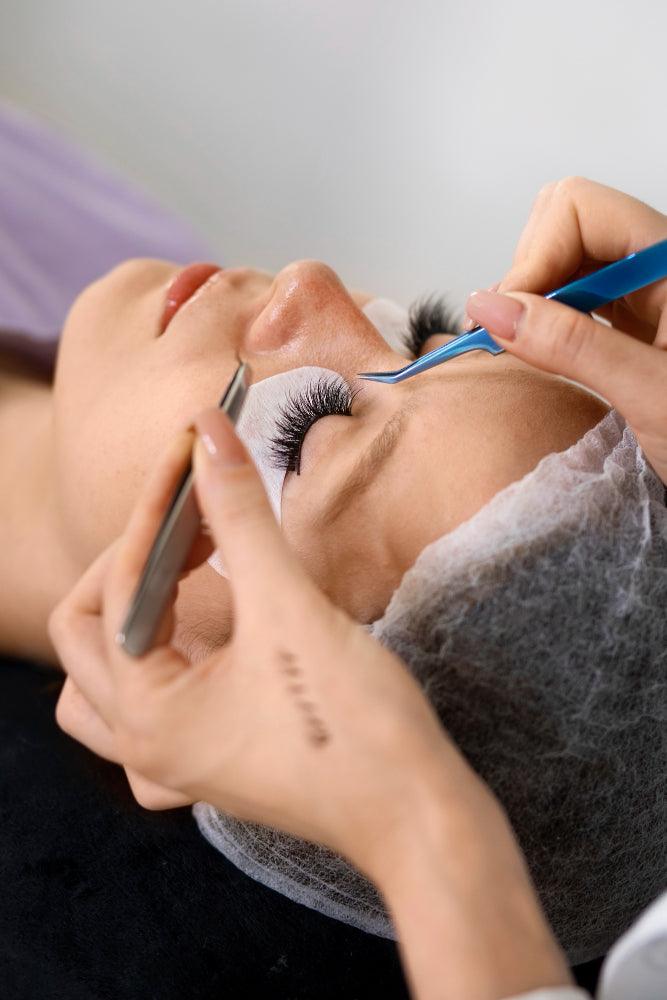
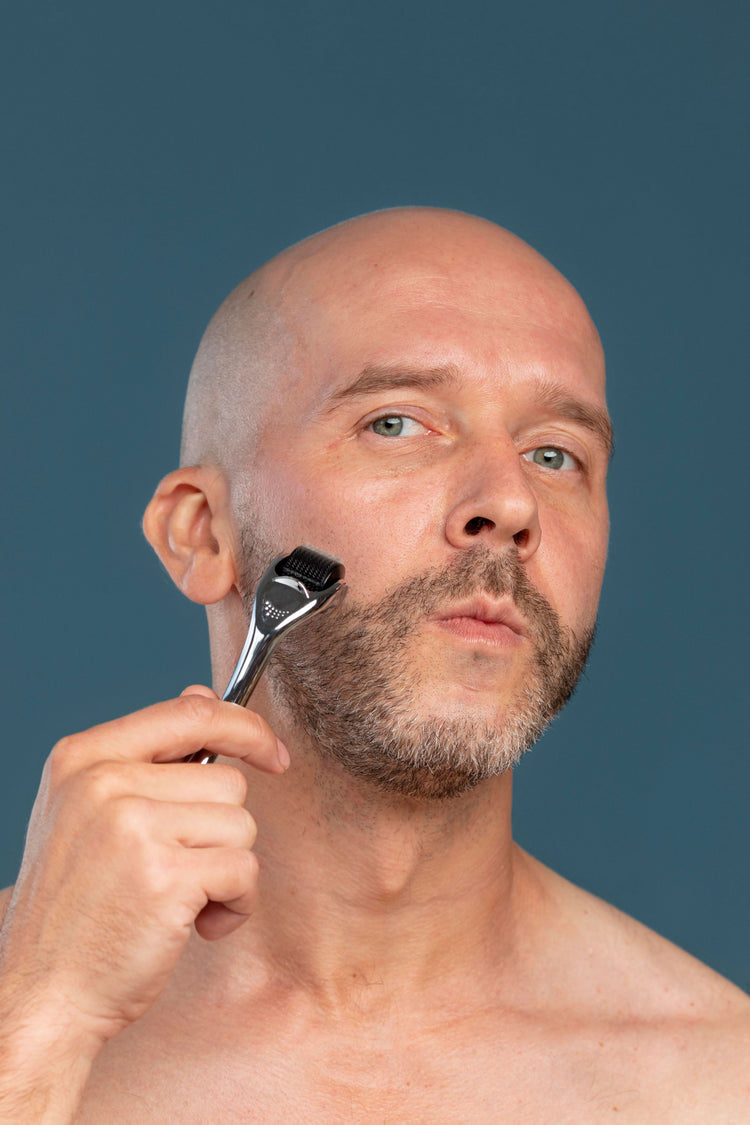
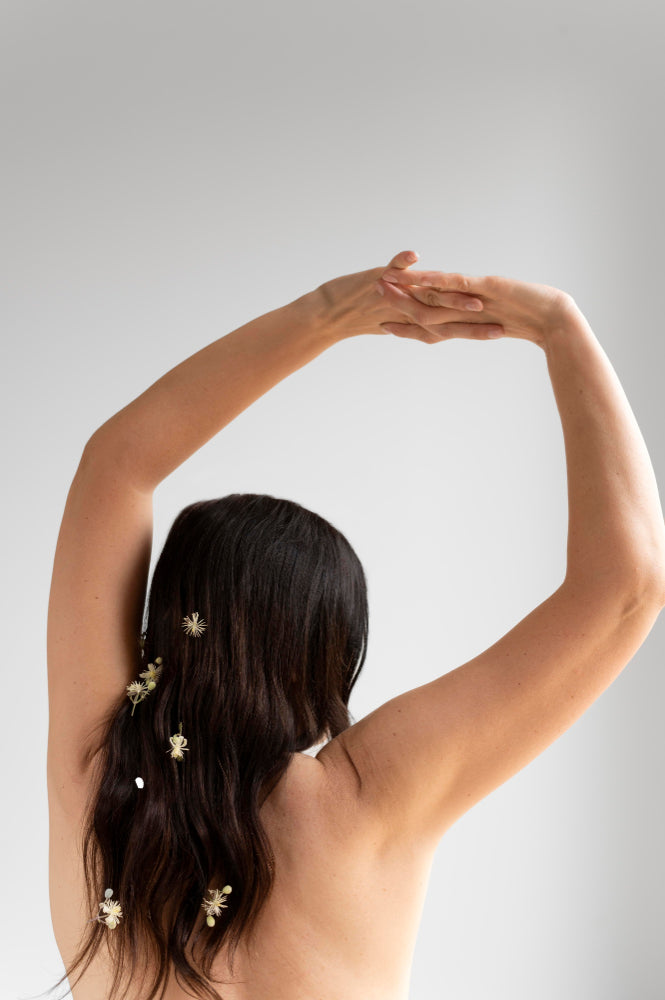
 Rated Excellent by 26,523+ Reviews
Rated Excellent by 26,523+ Reviews